IMPROVE MY GAME
Articles
-
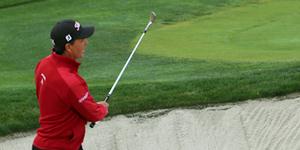
Is Age a Barrier?
By Dave Phillips
Golfers in their 40's are excelling. Lets find out why.
More
-
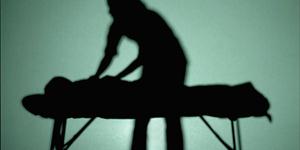
Massage Therapy and Golf
By Craig Knight
Whether you are a weekend warrior or a touring professional, including massage therapy as a regular part of your training program can help you to avoid injury.
More
-
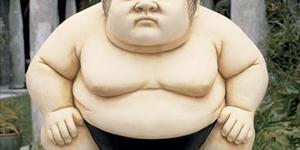
Sumo-Sized Perspective
By Tyler Ferrell
Common in fitness is the advice that you should eat 4-6 small meals per day because it helps maintain your metabolism and blood sugar levels. A view of a different population helps reinforce this concept. Recently I watched a documentary of a Sumo wrestler. You might think these hefties consume differently than you, but check out what I learned.
More
-
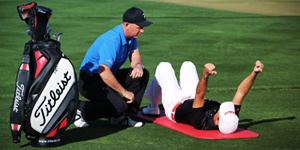
When to Come Back?
By Dr. Peter Mackay
To get back in the game, ramp it up slowly!
More
-
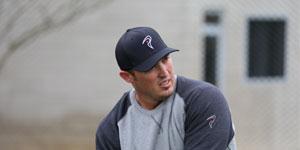
How Important is Lower Body Power in Golf?
By Dr. Greg Rose
What is the most important area of the body to develop power in for long drives? Most experts would say one thing - the lower body!
More
-
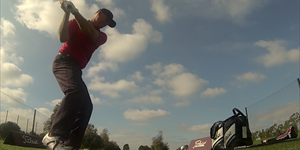
Should all the body parts reach the top of backswing at the same time?
By Phil Cheetham
This is a question we get all the time - but the short answer is NO!
More
-
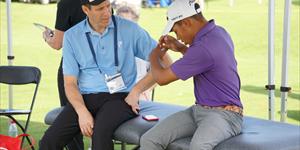
Knocking The Rust Off: Tips For Assessing Your Body And Swing After A Long Offseason
By Dave Phillips
TPI co-founders Dr. Greg Rose and Dave Phillips offer tips for knocking the rust off your game after a long off-season.
More
-
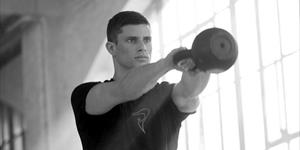
Debunking The Three Most Common (And Ridiculous) Arguments Against Golf Fitness
By TPI
The arguments against golf fitness are often similar and bogus
More
-
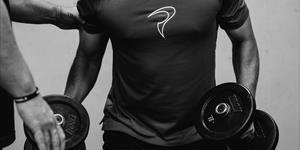
5 Techniques to Improve Grip Strength
By Nick Buchan
The hands are you only contact point to the club so it seems obvious that they are a key area in the golfers body. However, grip strength is often ignored completely by golfers, or if trained, trained with ineffective methods.
More
-
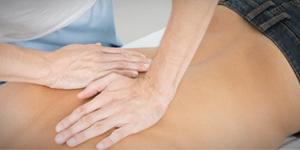
An Osteopathic Approach to Performance
By Jelle Zandveld
An overview of Osteopathic principles and how they can be used to help your athlete’s performance.
More
-

Eliminate the Sway
By Dr. Greg Rose
This article breaks down potential physical causes of Sway and Dr. Greg Rose's guideline for attacking this swing fault in the gym.
More
-
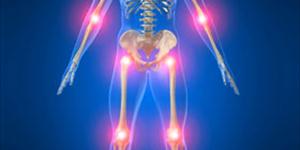
Mechanical or Inflammatory Pain?
By Dave Phillips
This releates to the treatment of many injuries !!!!
More
-
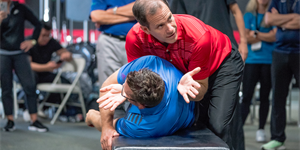
How To Overcome Golf Injuries And Get Back To Playing Your Best
By Michael Carroll
Injuries in amateur golf are very common. Though there are tremendous professional resources available, athletes often do a poor job managing their recovery.
More
-
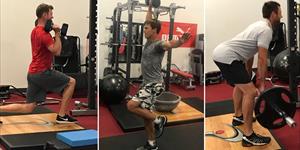
Five Observations From Watching TOUR Players Train
By Neal Hausch
Neal Hausch shares what he's learned from watching PGA TOUR players work out at his facility in Akron during the Bridgestone Invitational.
More
-
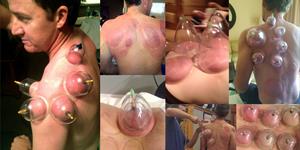
Cupping Therapy on the PGA TOUR: Considerations and Concerns
By Marc Wahl
A few reflections and considerations on the cupping demonstrations provided during the 2016 World Golf Fitness Summit.
More
-
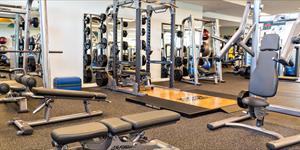
How Golf Clubs Are Using Fitness To Engage, Attract And Retain Members
By TPI
"While golf may have been the dominant force driving club membership since the end of WWII, health, fitness and wellness will be the identifying characteristics over the next 20 years. This is where society is going."
More
-
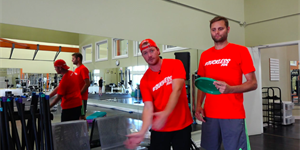
How Throwing a Frisbee Can Help Your Swing Sequence
By Liam Mucklow
Over the years I have found that it can be a lot easier to address kinematic sequence issues by using multisport modalities as a vehicle for the golfer to acquire a new pattern.
More
-
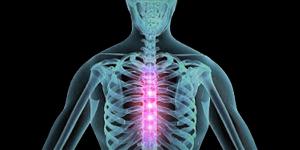
Solving the Middle Man
By Max Prokopy
Why the Thoracic Spine is So Important
More
-
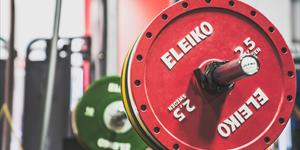
Understanding Strength Qualities in Golf and How to Develop Them
By Lee Eldridge
Once we identify the strength qualities golfer needs to excel, we can build a training program and progression to get them there.
More
-
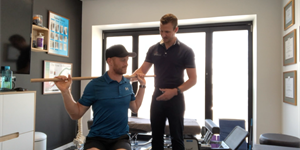
How Addressing The Function Of Deep Stabilizers Can Improve Movement Quality In Your Golf Swing
By Dr. Josh Nelson
When a joint becomes restricted either through injury or prolonged postural distortions this leads to a decreased firing of the deep stabilising muscles (e.g. Multifidus, Rotatores etc.) and an over activity of the compensatory global muscles such as the Erector Spinae, Quadratus Lumborum and Iliopsoas.
More